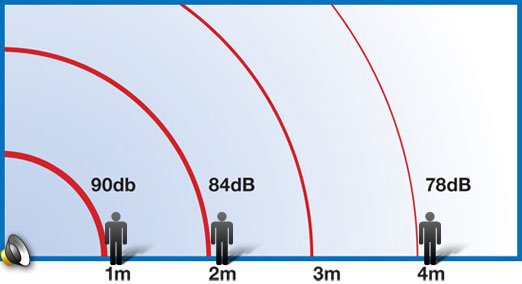Anyone here realize that noise levels double every 3db, thus lowering tolerance by half? Just a little fyi...
Here's a chart I'd seen as to perception.
Perceptions of Increases in Decibel Level:
Imperceptible Change 1dB
Barely Perceptible Change 3dB
Clearly Noticeable Change 5dB
About Twice as Loud 10dB
About Four Times as Loud 20dB
I then found this explanation that explains your 3dB and what appeared a difference in charts, but is not.
Ratio doubling means:
− a power level of +3 dB, or a sound intensity level of +3 dB
− an electric voltage level of +6 dB, or a sound pressure level of +6 dB
− a loudness level of about +10 dB
−10 dB more SPL means 10 times increase in amplifier (electric) power.
So 3 dB doubles the sound intensity, even if it takes 10 dB to double the loudness with which we hear it.
Your point is certainly very valid that we might think of going from 70 to 77 at being minimal and only a 10% increase, but it's a huge increase.
I personally do not like yelling or being yelled to. I'm soft speaking and prefer to talk that way. I can be loud but reserve that for singing. The moment I feel like I must yell to converse on a boat is when I'm going to find a way to reduce the sound.



